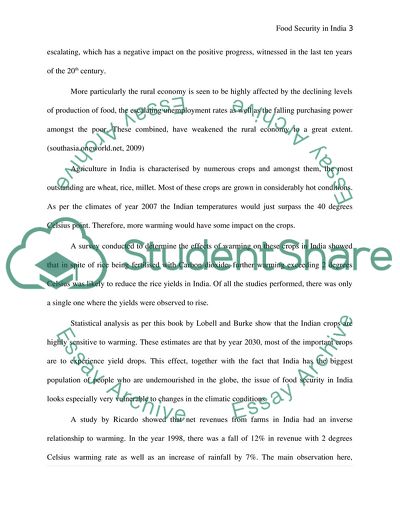Cite this document
(Food Security in India Essay Example | Topics and Well Written Essays - 1500 words, n.d.)
Food Security in India Essay Example | Topics and Well Written Essays - 1500 words. https://studentshare.org/agriculture/1749347-food-security-in-india
Food Security in India Essay Example | Topics and Well Written Essays - 1500 words. https://studentshare.org/agriculture/1749347-food-security-in-india
(Food Security in India Essay Example | Topics and Well Written Essays - 1500 Words)
Food Security in India Essay Example | Topics and Well Written Essays - 1500 Words. https://studentshare.org/agriculture/1749347-food-security-in-india.
Food Security in India Essay Example | Topics and Well Written Essays - 1500 Words. https://studentshare.org/agriculture/1749347-food-security-in-india.
“Food Security in India Essay Example | Topics and Well Written Essays - 1500 Words”. https://studentshare.org/agriculture/1749347-food-security-in-india.


